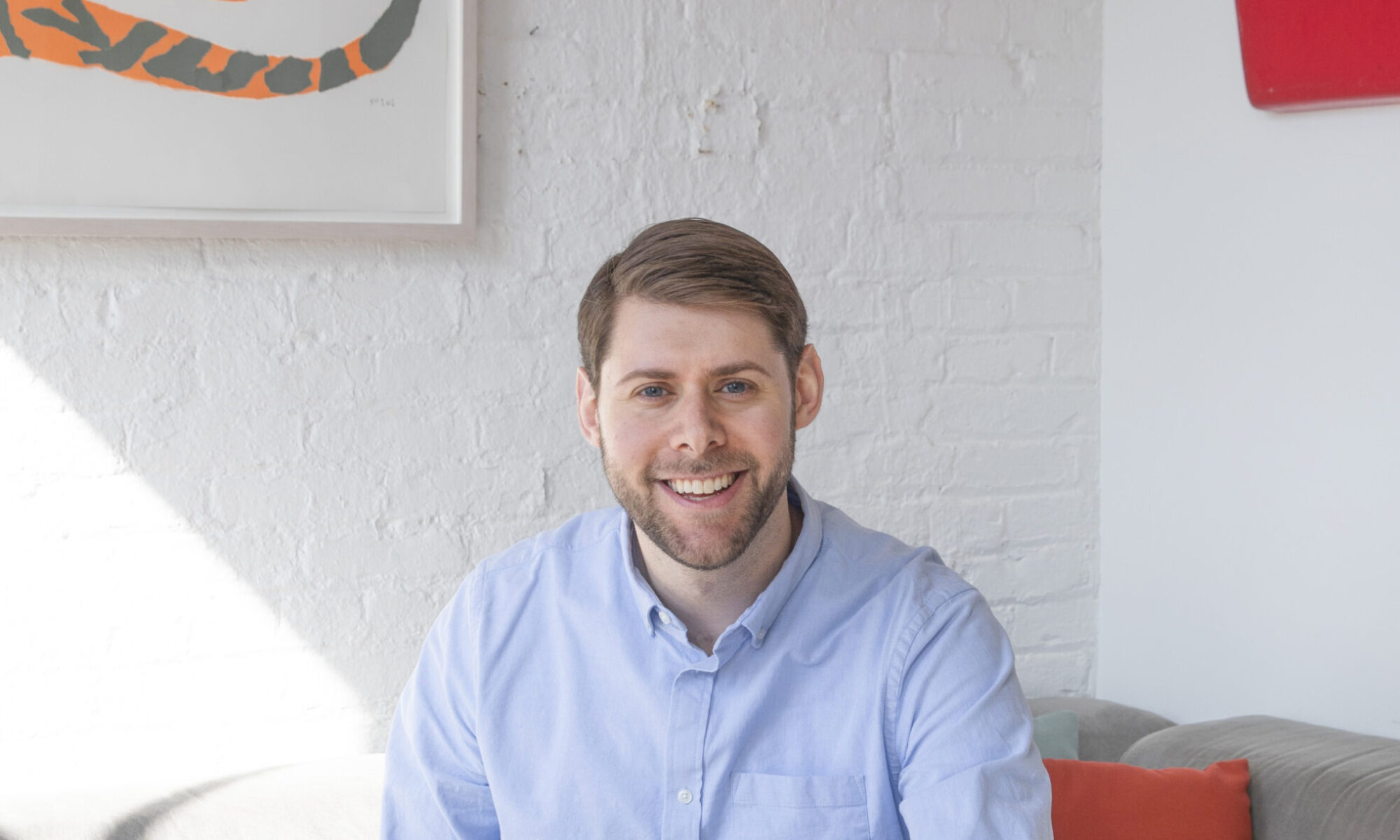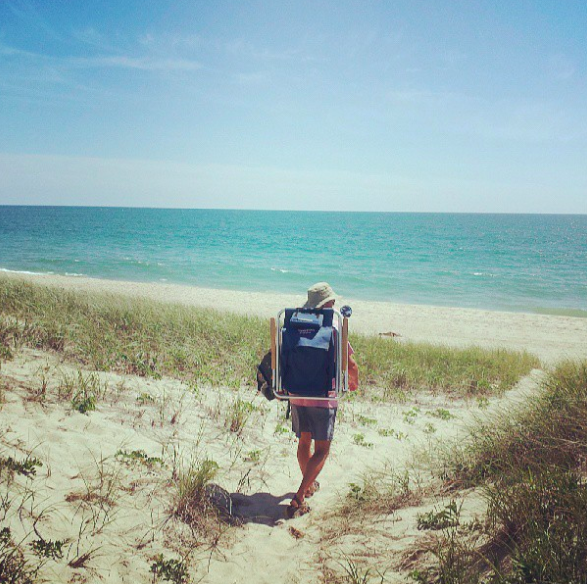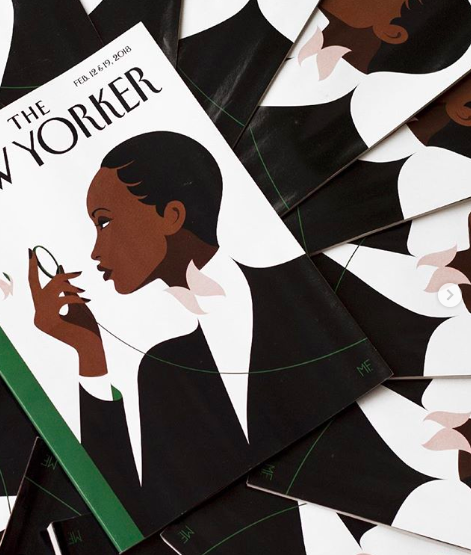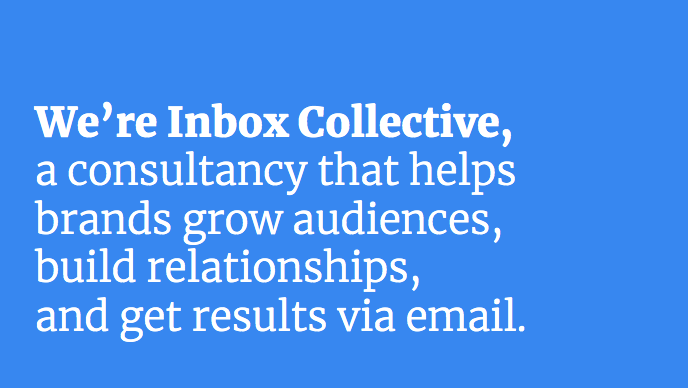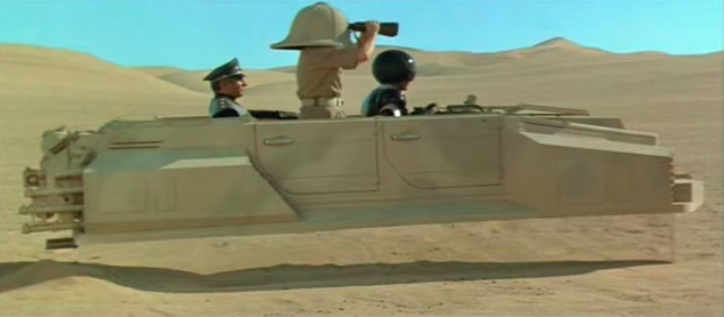
Inbox Collective’s been going for a few weeks now, and I’m working with several different clients. But those clients are coming from an unusual source — not, as many suspect, from cold calling, networking, or even SEO.
They’re coming because of my Google Doc — and more specifically, because of my welcome email.
Back in January, I launched Not a Newsletter, the Google Doc where I share advice about sending better email. With it, I also created an email alert for readers to find out when the next edition would go live. A little while later, I migrated everything over from TinyLetter to Campaign Monitor so I could set up an automated welcome series. Every reader who signs up for my newsletter now gets this message in their inbox:
The next edition of Not a Newsletter won’t be out until next month. But in the meantime, I want to know more about you. I actually mean that: I want to know who you are, and why you’re so interested in sending better emails!
Hit reply to this email (I’m at [email protected]), and tell me:
1.) Do you have a personal newsletter, or work on newsletters as part of your job?
2.) What’s the biggest challenge you’re facing with your newsletter(s)?
Let me know, and I’ll do my best to make Not a Newsletter the best resource it can be for you.
The secret of the email world is that welcome emails open at incredibly high rates — often multiple times higher than a normal email. (77% of readers open my welcome email.) And when you get a chance like that to make a first impression, you better take it. If the inbox is a living room, the welcome series is a host inviting you in, taking your coat, and getting you comfortable in your new surroundings.
So with my welcome series, I’m getting right to the point: By asking readers to reply to the newsletter to tell me what they’re struggling with, I’m starting a conversation about their email needs. (I’m not selling them anything or pitching them on Inbox Collective — just asking a question to get the conversation going!) I reply to every single one of these emails. (Even if I can’t do much to help, it never hurts to offer someone a friendly hello.) Sometimes, I can help them right away — with a link or a tip to push them in the right direction. Sometimes, I can hop on the call to talk about the issue in greater detail. And in a few cases, those conversations can actual lead to work for Inbox Collective.
Soon, I’ll go further with the welcome series: Adding additional emails detailing resources readers can use, and next steps on how they can work with me. The welcome series is an opportunity — and it’s one that anyone who works in email should be taking advantage of.
———
That welcome mat photo comes via Jon Tyson and Unsplash.
